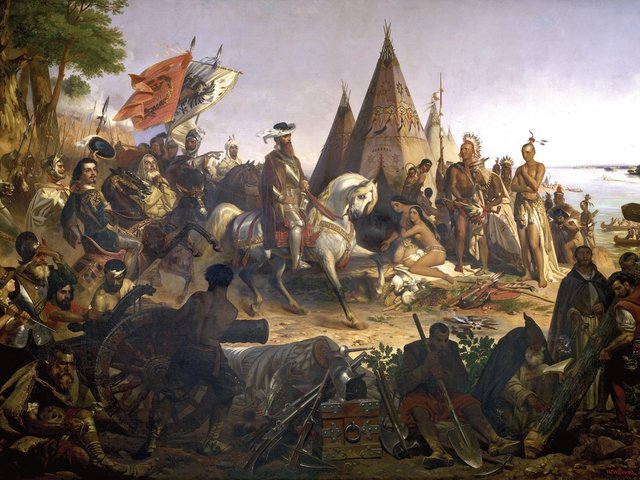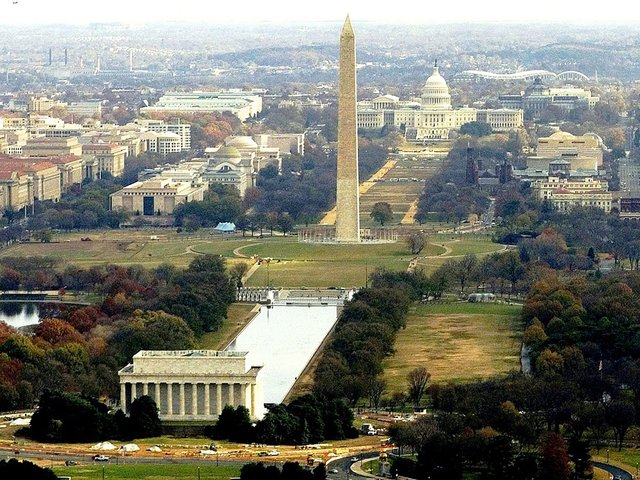Efforts to establish a branch of the Smithsonian dedicated to Latino culture are gaining momentum after the successful debut of the National Museum of African American History and Culture (NMAAHC) in Washington, DC. Bipartisan legislation was reintroduced in September to create a permanent home for the National Museum of the American Latino in the US capital.
“So many people who support the African-American museum have come to me and said, ‘You’re next’,” Xavier Becerra, who co-sponsored the bill in the House of Representatives, says in a statement. Congress considered similar proposals in 2011 and 2013 but failed to pass them into law.
“There are some 57 million Latinos who are essentially missing from the National Mall,” says Becerra, who sits on the Smithsonian’s Board of Regents and was appointed to NMAAHC’s council in 2011. The anti-immigrant rhetoric from the president elect Donald Trump spouted during the campaign has only made these efforts feel more urgent. “The more we give people a chance to see the full depth and dimension of what it means to be American, the better off we are,” Becerra says.
In the meantime, the Smithsonian’s Latino Center plans to establish an expanded presence on the Mall with a 4,500-sq.-ft multimedia exhibition gallery, slated to open in 2018 in the Smithsonian’s historic Arts and Industries Building (AIB). The centre, established in 1997, supports professional development, research and collecting efforts among Smithsonian museums.
A 2011 report issued by a government-appointed commission proposed that the National Museum of the American Latino occupy the AIB, which is down the street from the Hirshhorn Museum and Sculpture Garden. The commission suggested the construction of an underground annexe to house a portion of the museum’s proposed 97,000 sq. ft of gallery space. The report estimated the project would cost around $600m, half of which would come from private donors and the other half from the federal government.
Advocates for the project are taking cues from the successful campaign for the NMAAHC. “We have to start raising private money to show Congress that this will not be an entirely government-funded museum,” says Estuardo Rodriguez, the director of the Friends of the National Museum of the American Latino.
In September, the group launched the online petition #BuildMuseumsNotWalls, a reference to the president elect Donald Trump’s proposal to build a wall on the border between the US and Mexico. The petition will be presented to Paul Ryan, the Speaker of the House of Representatives, when it reaches 1,000 signatures.
Although the bill to establish the museum has bipartisan support in both the Senate and the House of Representatives, the legislation must be passed before the end of the year or it will need to be reintroduced yet again after the newly elected—and majority Republican—Congress takes office in January.
Luis Cancel, one of the authors of the 2011 commission report, says: “We must find ways to move forward together, and a national narrative that recognises that Latinos and Spanish-speaking Americans have been integral parts of building the country can be a very positive step.”



